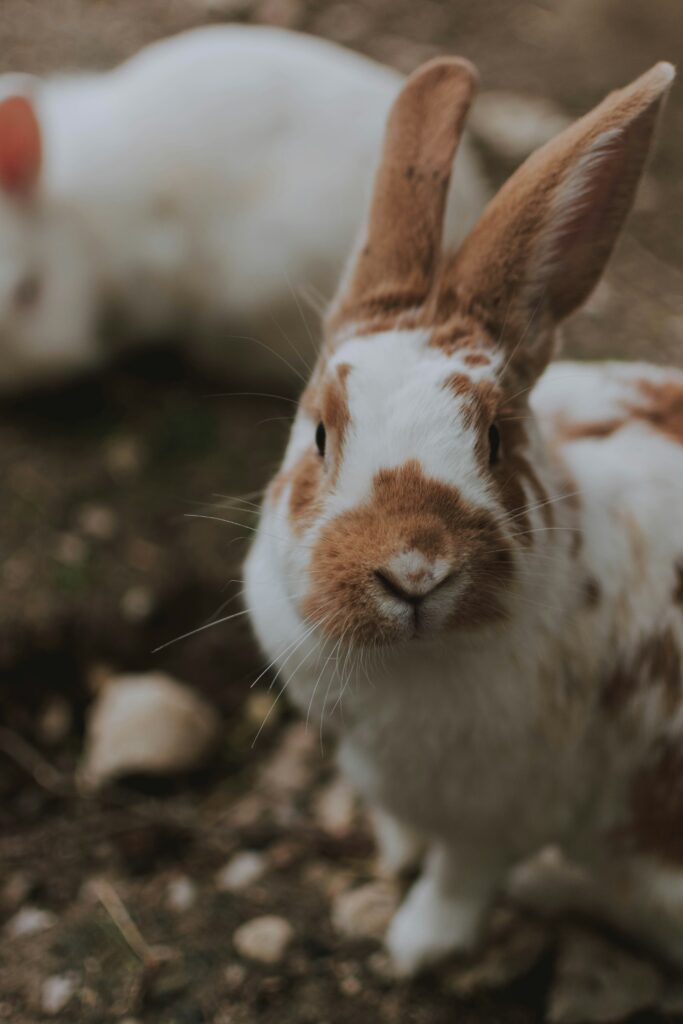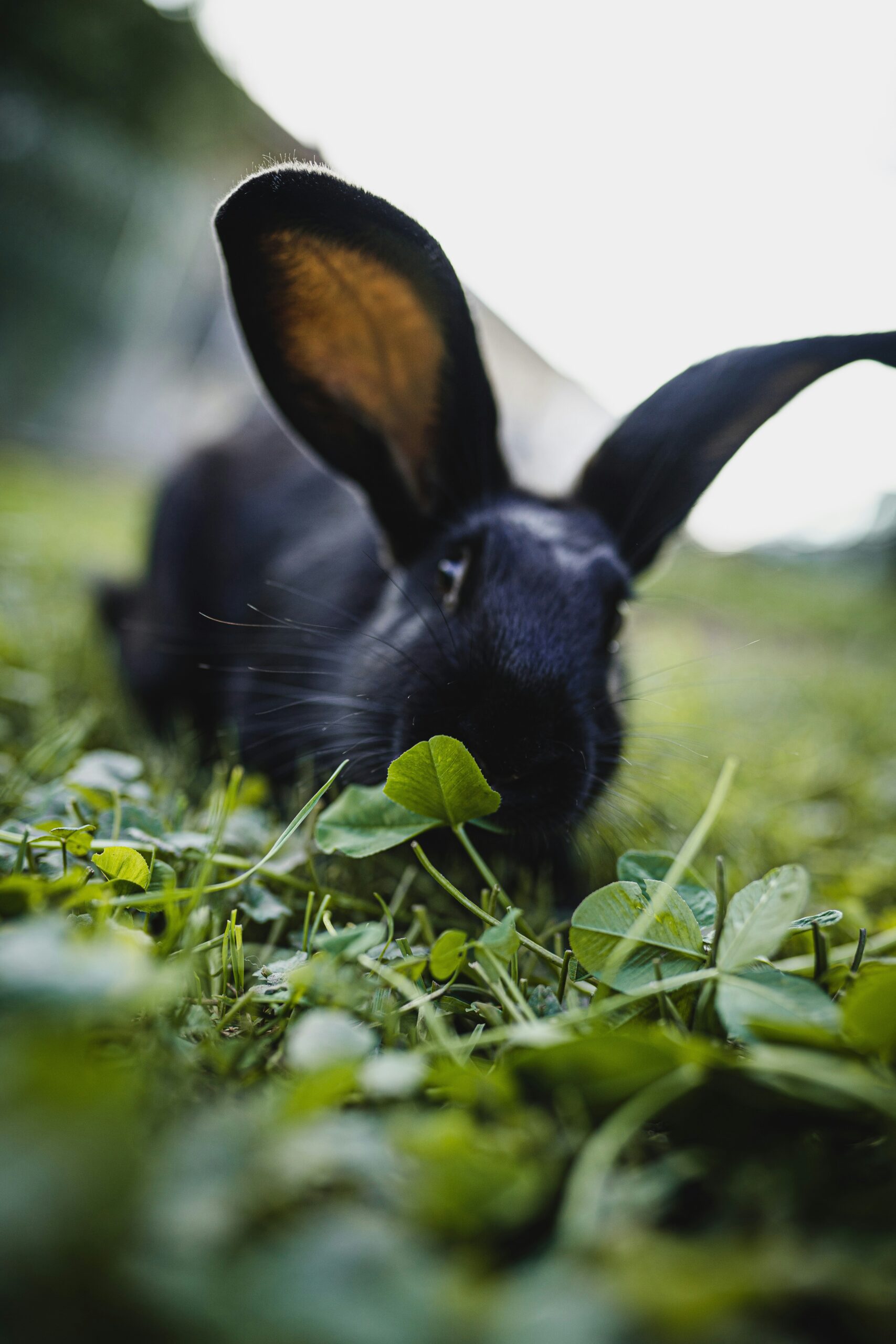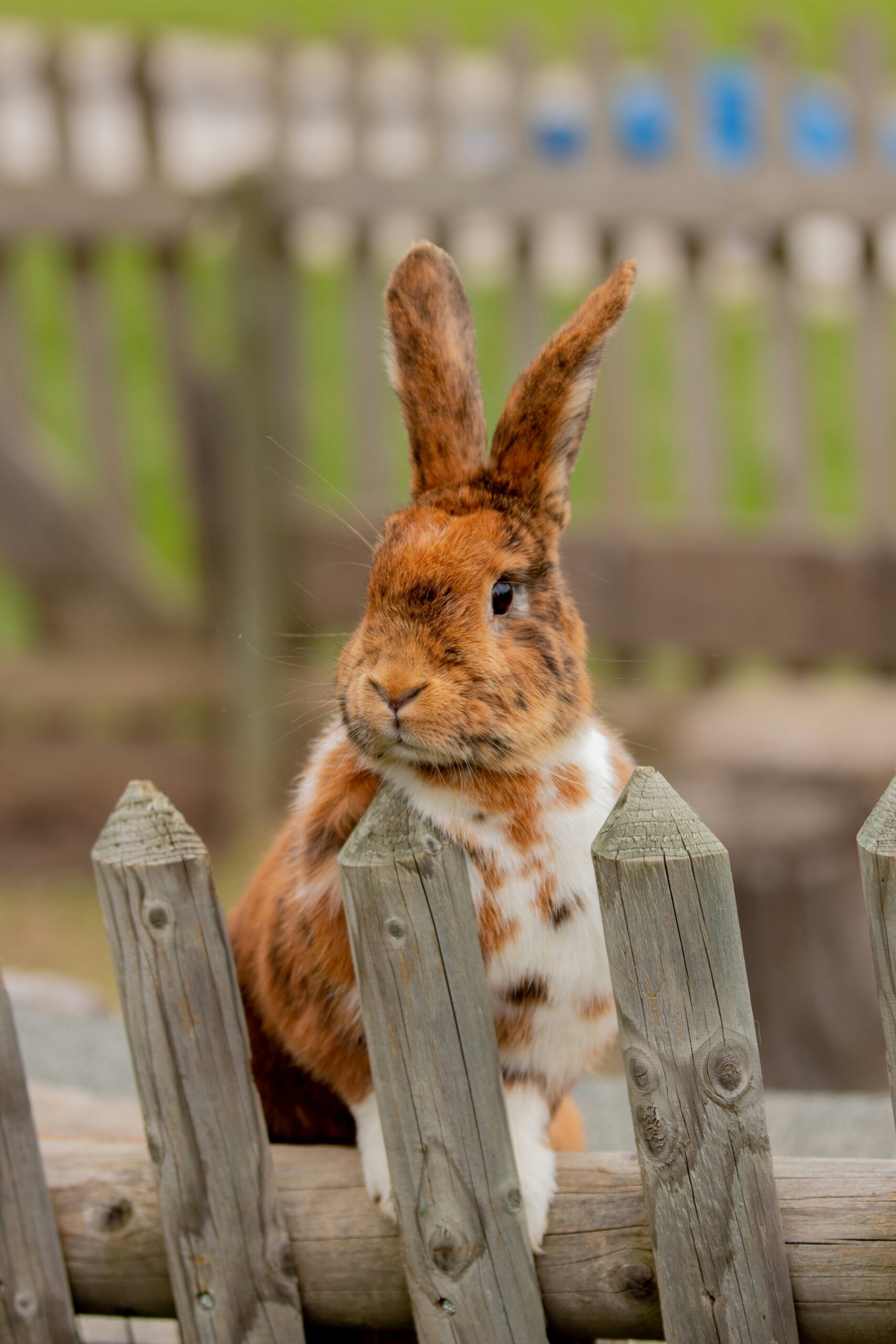
Californian: The “Cal”
Facts at a glance!
Weight: 8 to 10 pounds
Recognized Colors:
White with dark points
Introduction
The Californian rabbit, often dubbed as the “California White,” is a large-sized breed known for its distinctive appearance characterized by its snowy white fur and dark, smoky markings on its nose, ears, feet, and tail. This breed was developed in the early 20th century in California, United States, through selective breeding programs aimed at creating an ideal commercial rabbit.
History and Origin
The Californian breed began in the 1920’s with George West, who wanted to produce the ideal meat and fur rabbit. He began by crossing New Zealand Whites, Chinchillas and Himalayans. New Zealand Whites were chosen for their outstanding commercial qualities, Chinchillas for their fur density and Himalayans for their fur texture and small bones. After years of hard work and selective breeding, he ended up with rabbits similar to the Californians we see today!
The Californian rabbit breed has played a significant role in both the fur and meat industries since its development. In addition to its commercial value, the Californian rabbit has also become a popular choice among hobbyists, exhibition breeders, and pet owners. Its striking appearance, gentle temperament, and versatility make it a beloved breed in households worldwide!
Personality
One of the most endearing qualities of Californian rabbits is their gentle and docile temperament. They are known for being friendly, sociable, and relatively calm, making them excellent pets for individuals of all ages, including children.
While they are generally laid-back, Californian rabbits still require mental and physical stimulation to stay happy and healthy. Providing ample opportunities for exercise, such as a spacious enclosure or supervised playtime, can prevent boredom and ensure that they remain active and engaged.
Physical Characteristics
The Californian rabbit possesses several distinctive physical features that set it apart from other breeds!
The most striking feature of the Californian rabbit is its unique coat coloration. The fur is predominantly white, with dark markings known as “points” on the nose, ears, feet, and tail. The points are typically a deep, rich black or chocolate color, creating a stunning contrast against the white fur. The fur itself is dense, soft, and luxurious.
Californian rabbits have a well-proportioned body with a large build. They typically weigh between 8 to 10 pounds (3.6 to 4.5 kilograms) when fully grown, with females generally being slightly larger than males. Their bodies are muscular and compact, with broad shoulders and hindquarters, giving them a sturdy appearance.
The face of a Californian rabbit is characterized by a slightly rounded head and expressive eyes. Their eyes are large, bright, and a striking shade of ruby red, adding to their overall charm and appeal.
Care and Maintenance
Caring for a Californian rabbit involves providing an environment that meets both their physical and mental needs. Here are some essential care requirements to keep in mind:
Housing: Californian rabbits can be housed indoors or outdoors, depending on climate and preference. Indoors, they should have a spacious cage or enclosure that allows them to move around comfortably. Ensure that your enclosure has a solid floor component such as a carpet square for your rabbit to rest on, lowering the risk of sore hocks. Outdoor enclosures should be secure and protected from predators, with adequate shelter from the elements.
Diet: A balanced diet is crucial for the health and well-being of Californian rabbits. Their diet should consist primarily of high-quality hay, such as Timothy hay, supplemented high quality rabbit pellets and fresh vegetables in small amounts. Fresh water should be available at all times, provided in a clean water bottle or dish.
Grooming: Californian rabbits do not require much grooming compared to other breeds such as Angoras, but regular grooming can help to foster bonding with your rabbit! Brushing them gently with a soft-bristled brush a few times a week can help remove loose fur. Additionally, you should be sure to trim their toenails regularly, every 1 to 2 months. Check out our nail trimming guide here if you are new to trimming toenails!
Exercise: Like all rabbits, Californians are active animals that require regular exercise to stay healthy and happy. Their larger than average size makes it all the more difficult for them to satisfy their exercise needs in a cage. Providing opportunities for daily exercise outside of their enclosure is essential. This can include supervised playtime in a rabbit-proofed area of the home or a secure outdoor space.
Veterinary Care: Regular veterinary check-ups are great for monitoring the health of Californian rabbits and addressing any potential medical issues promptly. They will also be able to provide any necessary vaccinations or spay/neuters.
Health Considerations
Californians are generally very healthy, avoiding many of the genetic conditions that can cause issues for other breeds. Even so, there are still some general health considerations to keep in mind:
- Sore Hocks: Larger rabbit breeds such as the Californian can be susceptible to a condition known as sore hocks because of the greater amount of weight they put on their feet. This is when the bottoms of a rabbit’s feet become sore and inflamed. These sore feet can lose fur (exacerbating the problem), begin to bleed, and can become infected. A predisposition to sore hocks can be genetic, but it is most commonly seen when a rabbit spends a great deal of time resting on a wire cage bottom, or to a lesser extent when a rabbit often rests on a solid, hard surface.
- Gastrointestinal Stasis: This condition occurs when a rabbit’s digestive system slows down or stops functioning properly, often due to poor diet, lack of exercise, or stress. Signs include reduced appetite, lethargy, and decreased fecal output. Prompt veterinary attention is crucial to prevent complications.
- Obesity: Californians rabbits can become overweight if overfed or given too many high-calorie treats. Monitor their diet closely and ensure they receive regular exercise to maintain a healthy weight!
- Respiratory Issues: Like all rabbits, Californians are susceptible to respiratory infections, especially if kept in damp or poorly ventilated environments. Keep their living area clean and dry and seek veterinary care if you notice signs of respiratory distress such as sneezing or labored breathing.
Conclusion
The Californian rabbit stands out as a remarkable breed cherished for its striking appearance, gentle demeanor, and versatile utility.
Whether raised for commercial means, exhibition, or companionship, these delightful creatures have left an indelible mark on the world of rabbit husbandry and continue to capture the hearts of enthusiasts and pet owners alike!
By understanding their unique characteristics, care requirements, and historical significance, we can appreciate the enduring legacy of the Californian rabbit breed.
Looking for similar breeds?
Check these out!

New Zealand
New Zealands are a similar breed traditionally raised as a commercial breed.

Himalayan
The Himalayan is not a commercial breed, but they are the only other ARBA recognized breed only available in the pointed white color.

Rex
Rex rabbits have a similar size and build compared to Californians, with an exotic fur texture.

Cinnamon
Cinnamons have a similar size and build to Californians, and are also traditionally raised as a commercial breed.

Bunny Bungalow Ranch

Sunflower Fields Rabbitry
See a Picture Missing?
Here at Hutch Happiness we want to showcase YOUR rabbits! If you have a photo of a rabbit you would like to share, reach out to me at Emily@hutchhappiness.com. Along with your rabbit photo we are happy to provide a link to your rabbitry website if available.
